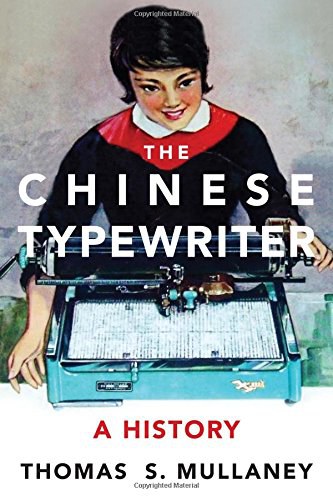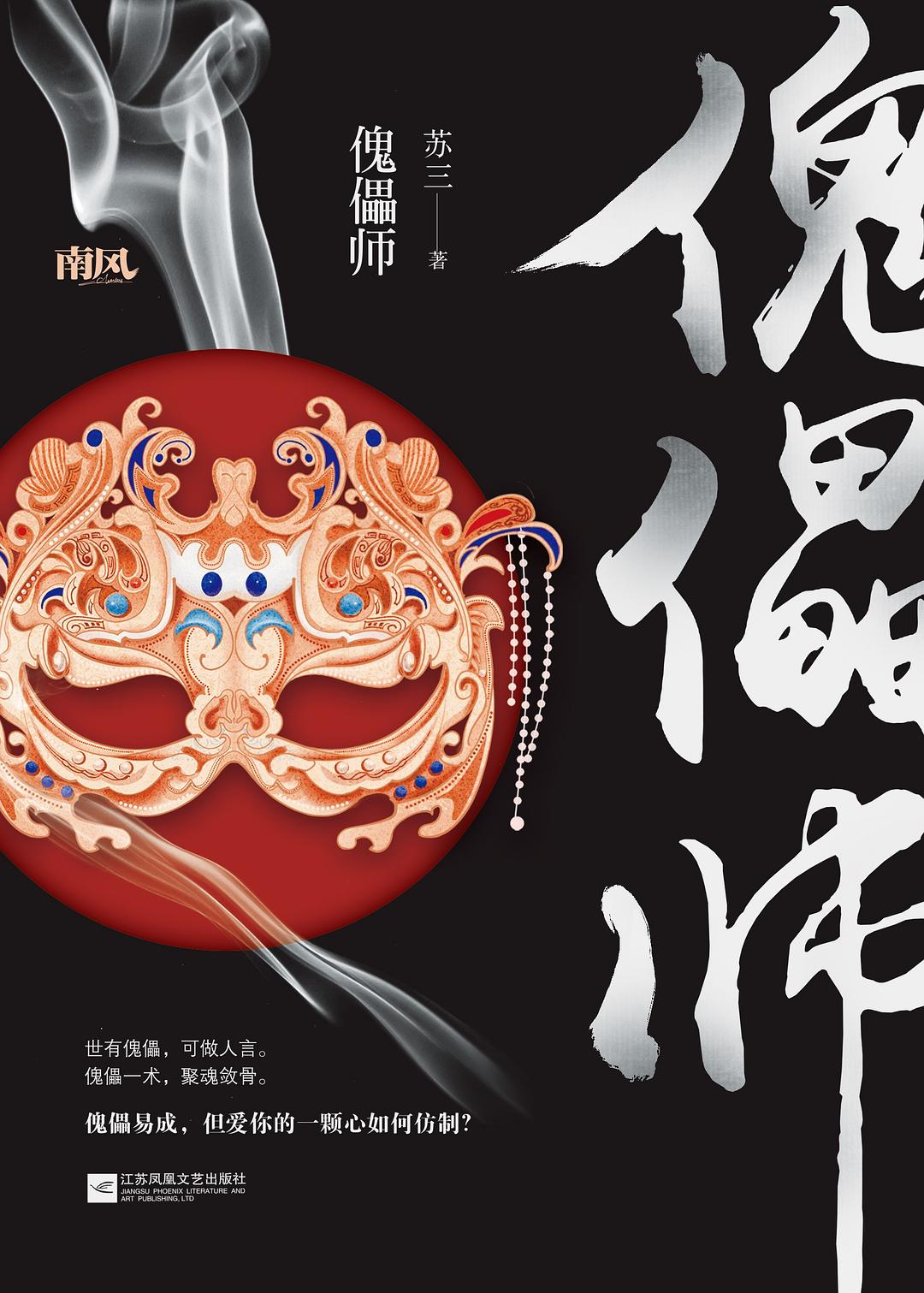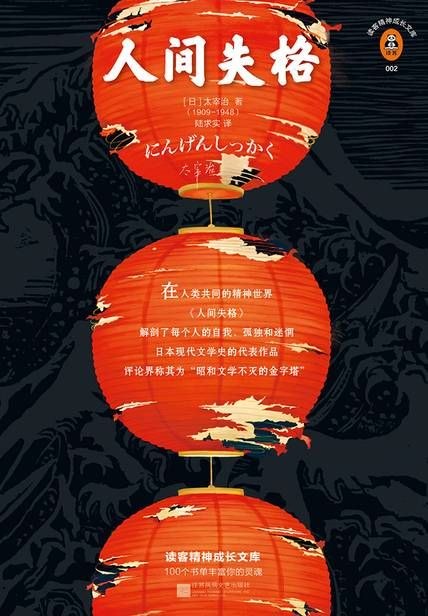
《The Chinese Typewriter》"Revolutionizing Typewriting in China"
1
0

一路向北 2023-10-02 14:46:55
The history of commodities always comes up with global communication and comparative studies. Thomas S. Mullaney offers me an inspiring account of the Chinese typewriter. It doesnt only follow the traditional structure to write the creation and dynamic change of the Chinese typewriter, filling the gap of understanding modern Chinese character reform. Mullaney puts the typewriter as a seed, merging with issues like linguistic supremacy of the alphabetic system, modernity, orientalism, nationalism inside a commodity, etc. I am impressed with the fusion of grand social, cultural, and technical backgrounds in writing a specific device. The typewriter is not purely a tool to enhance efficiency in writing; it also represents an approach to modernity and offers access to social progress. In this carrier, we could find how linguistic supremacy existed within a seemingly neutral technical language and Kanji cultures efforts to be a part of the "modern world."
The description of collapsing ethnolinguistic imagination (p.50) is also a great point inside the book. When global communication became more intensive in the 19th century, the quest for universality and the singular imagination of modernity constituted the spiritual core of emerging commodities. The Chinese typewriter and Chinese itself as a case prove the evidence. We could take this method to examine other items to see their roles in diffusing Western values and imperialism. On the contrary, just like so many categories of localized Chinese typewriters, we could make a commodity as a lens to view the counteraction towards them.
相关推荐
萤火谷的梦想家
艾莉森•麦吉出生于1960年,是美国《纽约时报》畅销书作家,同时也是大都会州立大学创意写作课的教授。她的作品被翻译成20多种语言并出版,也曾被提名普利策奖,并获得苏斯博士奖金奖、克里斯托弗图书奖、美国 [美]艾莉森•麦吉/[美]克里斯托弗•丹尼斯/绘 2023-03-27 16:50:25鬼马女神捕1·绝密卧底(上)
腹黑凤凰vs毒舌鸡妖——蓝翎:“小姬,跟我去人界吧!”姬十四:“干吗?让人宰了我做小鸡炖蘑菇吗?”蓝翎:“不啊,让妖怪宰了你做小鸡炖蘑菇更气派。”凤凰蓝翎和鸡妖姬十四生活在无忧无虑的灵界。他们的故乡叫 郝天晓 2023-04-17 00:22:47© 2023-2025 百科书库. All Rights Reserved.












发表评价